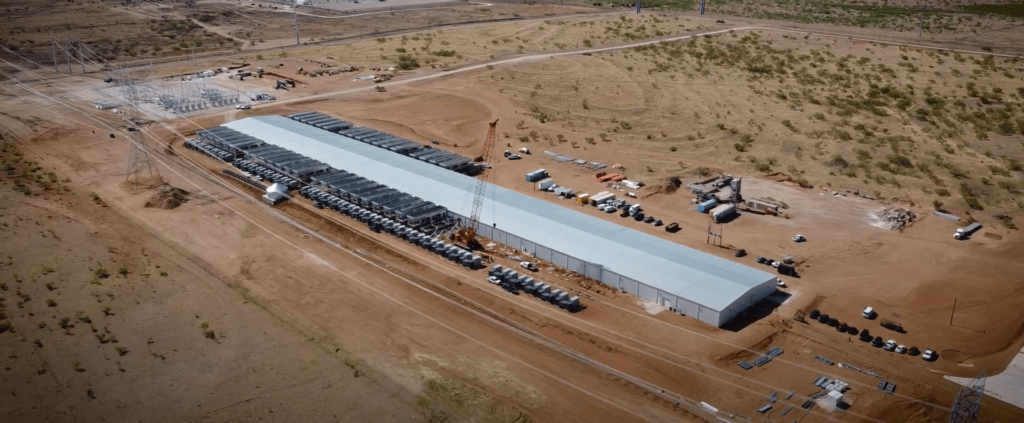Steel building data centres. In the heart of the digital age, data centres stand as the guardians of the digital world. These high-tech fortresses house the servers, storage systems, and networking equipment that power everything from online banking to streaming services.
As the demand for data storage and processing continues to climb, data center development has become a very important industry. Let’s learn about the important role of steel buildings in shaping the future of data center infrastructure.

The Challenges of Data Center Development
Like most construction projects, the construction of a data center is a complex undertaking, filled with many obstacles. Whether they’re building in Texas or Virginia, through this process, data center developers face a number of demands, including:
Rapid Deployment:
Rapidly growing demand for data center capacity has increased the need for shorter construction timelines. Developers must build faster to meet market demands and avoid revenue loss.
Scalability and Flexibility:
In this ever-evolving landscape, data center requirements can change rapidly. Developers need facilities that can easily expand and adapt to future growth for technological advancements.
Cost-Effectiveness:
Controlling costs is very important in the construction of data centres. Developers must balance initial investment with long-term operational expenses.
Energy Efficiency:
Data centres use an incredible amount of energy. Developers are under pressure to reduce their environmental impact and minimize operational costs.
Environmental Sustainability:
There’s a growing focus on sustainable construction practices. Developers must consider their project’s environmental impact.
Steel Buildings: A Solution to Data Center Challenges
Whether you’re building a 10,000 sf structure, larger, or smaller, pre-Engineered Steel buildings offer a compelling solution to many of the challenges faced by these data center developers. Their unique properties and advantages make them an ideal choice for this critical infrastructure.
Speed and Efficiency:
Steel buildings can be constructed much faster than traditional concrete or masonry structures. Prefabricated components and modular design minimize on-site construction time, allowing for quicker project completion and reduced downtime.
Scalability and Flexibility:
The modular nature of steel buildings allows for easy expansion as data center needs grow. Additional modules can be added without disrupting existing operations, ensuring that the facility can meet the demand for future growth.
Cost-Effectiveness:
While initial construction costs may be comparable, steel buildings often offer long-term cost savings due to their durability, lower maintenance requirements, and energy efficiency.
Structural Integrity and Durability:
Steel is a highly durable material that can withstand extreme weather conditions, seismic activity, and other environmental factors.
Energy Efficiency:
Steel buildings can be designed with advanced insulation and ventilation systems to optimize energy efficiency and reduce operating costs.
Environmental Sustainability:
Steel is a recyclable material, making steel buildings a more sustainable choice compared to traditional construction methods.
Specific Advantages for Data Centres
Critical Infrastructure Protection:
Steel buildings can be engineered to withstand seismic activity and fire, ensuring the protection of critical data center equipment.
Precise Environmental Control:
Steel buildings can be designed to maintain precise temperature, humidity, and airflow conditions, which are essential for optimal data center operations.
Future-Proof Design:
Steel buildings can be easily modified to accommodate future technological advancements and changing data center requirements.
Conclusion
As our digital world continues to evolve, the demand for data centres will only increase. Steel buildings offer a compelling solution to the challenges faced by developers, providing speed, scalability, cost-effectiveness, durability, and energy efficiency.
By choosing steel buildings, developers can ensure the construction of resilient, sustainable, and future-proof data centres that meet the demands of this digital age.

 Subscribe to our channel
Subscribe to our channel